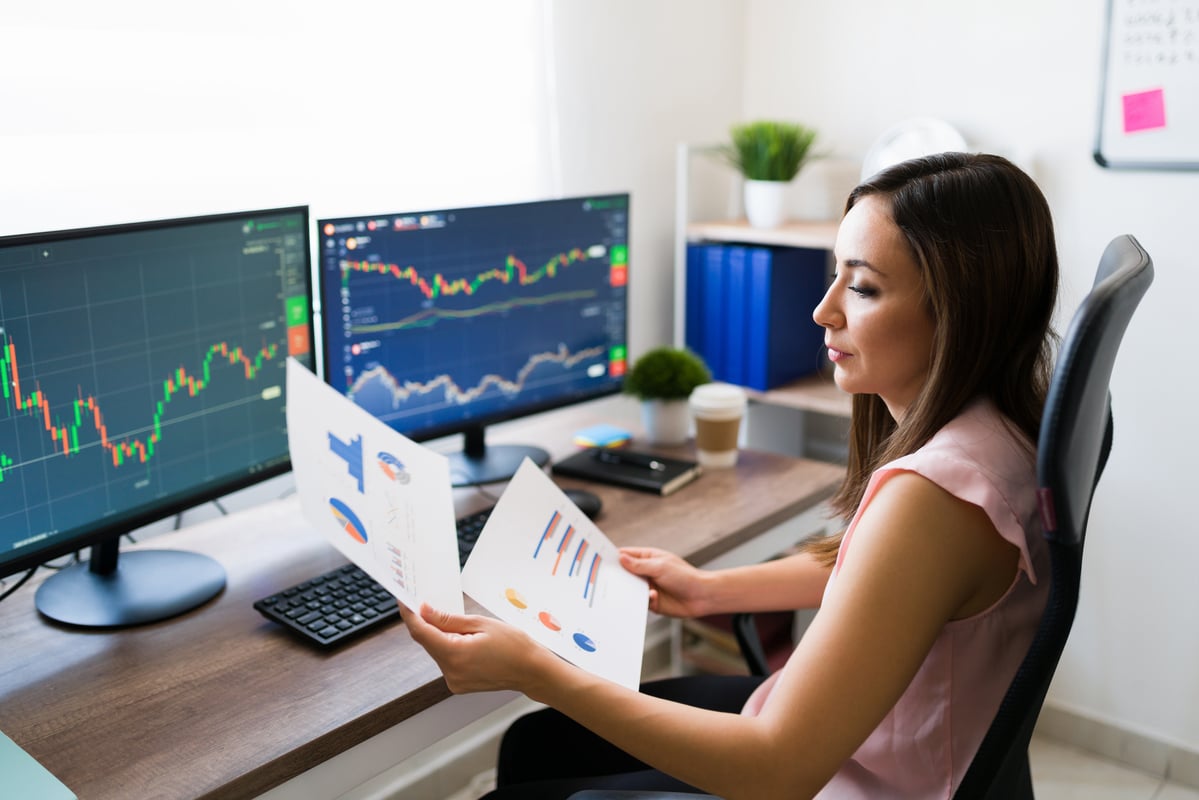With their collective $7 billion annual payday, Procter & Gamble (PG +0.54%) shareholders enjoy one of the most generous dividends in the entire stock market. It's also one of the oldest: Investors haven't missed a yearly raise since 1956.
However, P&G's sales growth has been in a stubborn slump that's going on two years now. At the same time, its management team is navigating a risky portfolio transformation that's soaking up resources. As a result, while the dividend isn't in danger of ending its awesome 60-year growth run, the outlook for payout hikes akin to ones of the past is weak right now.
Sales growth struggles
After all, recent sales trends have been sharply negative. Revenue fell 7% last quarter, following 9%, 12%, and 9% drops in the prior three quarters, respectively. Sales for the full fiscal year that ends in June are projected to decline by nearly 10% after falling 5% in fiscal 2015.
Much of that brutal dip can be tied to two temporary factors. Foreign currency swings, for one, were responsible for 5 percentage points out of last quarter's 7-percentage-point slump. P&G competes in many markets, including Venezuela, Russia, and Brazil, where local currencies have devalued against the U.S. dollar, which results in lower reported revenue.

Image source: P&G investor presentation.
Second, the company is in the process of divesting more than half of its brands (mostly smaller ones) so that management can focus on the profitable categories with the best potential for future growth. That cleaving process removed 3 percentage points from growth last quarter.
Still, the 1% growth that's left after adjusting for both of these factors isn't especially encouraging. Rival Kimberly-Clark (KMB +0.47%) grew at a sturdier 2% pace while Unilever (UL +0.41%) managed 5% organic gains. Both of these competitors beat P&G on the key metric of organic sales volume, as well. In other words, P&G has market share struggles in addition to the industrywide challenges it's facing.
Earnings coverage
The good news for investors is that P&G has managed to offset much of that weakness with aggressive cost cuts. Executives have cleaved billions of dollars of expenses from its operations, which has resulted in surging cash flow and productivity.
Unfortunately, reported earnings are still under intense pressure from the growth, currency, and divestment issues detailed above. That's why the dividend payout ratio is only projected to improve to around 70% of earnings in fiscal 2016 from over 100% last year.
Most dividend giants aim for a cushion of around half of profits, or less, so that a surprise downturn doesn't threaten to force a dividend cut. In that context, it's no wonder why P&G's latest dividend hike was its smallest in decades. Management is trying to get its payout ratio back down to a more conservative level before considering raising the dividend at the same pace as profits again.

P&G's latest divided raise was just 1%. Source: Company financial filings.
With cash flow rising, and with billions of dollars flowing into the business from big brand divestments like the Duracell battery business and the Coty beauty product line, P&G isn't in anything even resembling a cash crunch. In fact, executives are planning to deliver more money to shareholders over the next few years -- up to an $18 billion annual pace from $12 billion before.
Income investors just shouldn't bank on that capital return plan including significant boosts to the dividend, at least not until earnings catch up to the payout and P&G finds a way back to consistent, market-beating sales growth.








